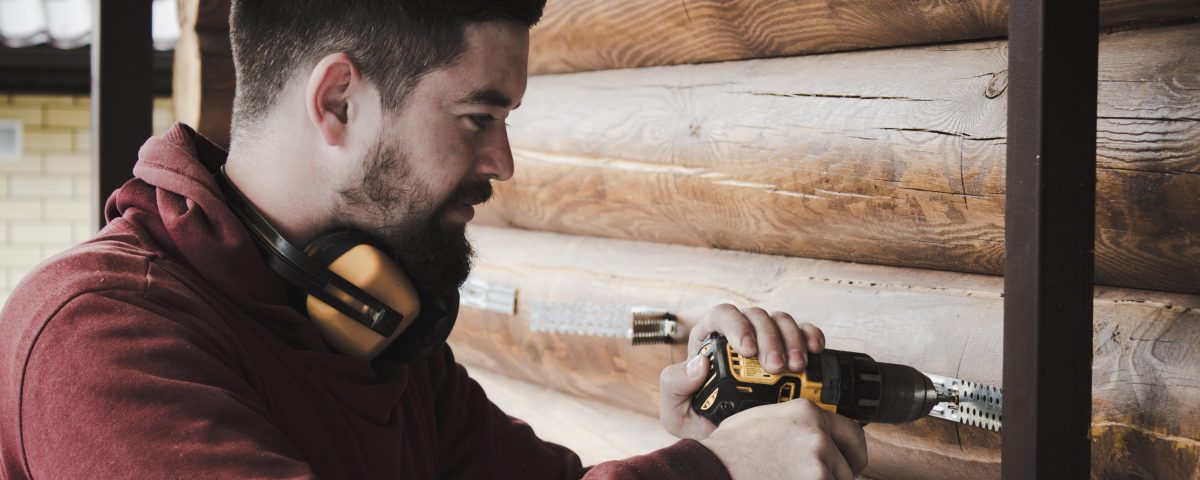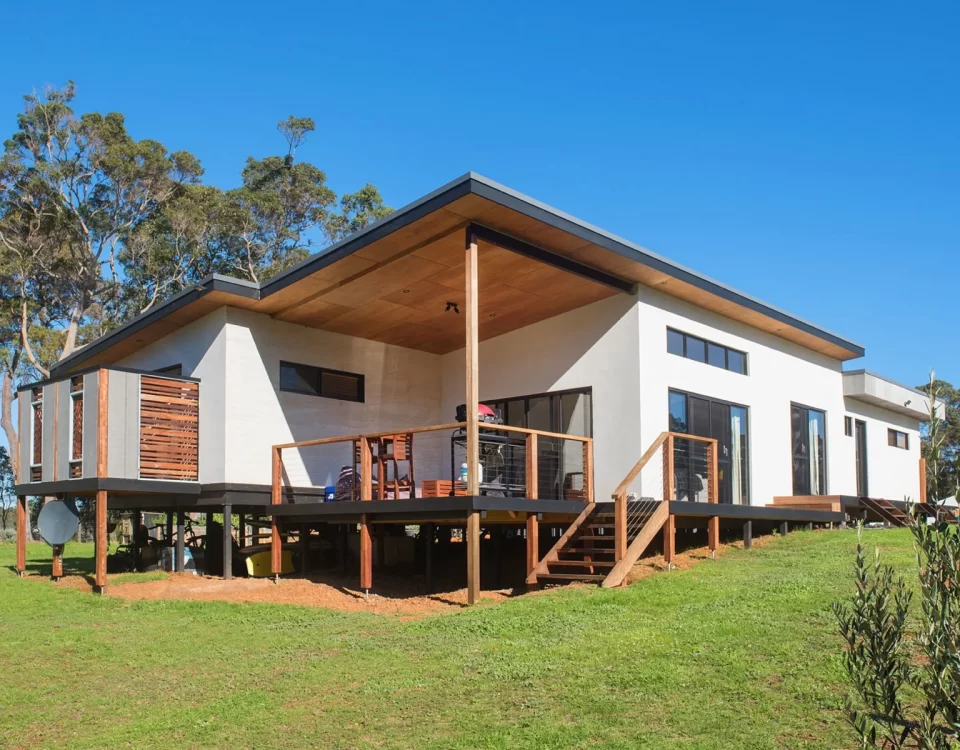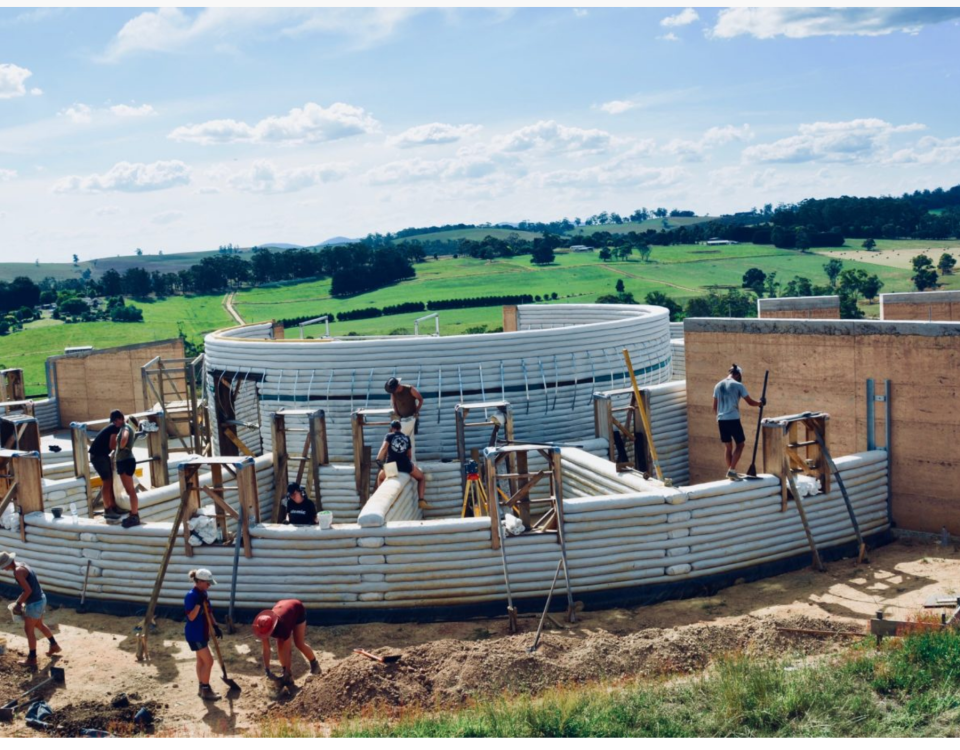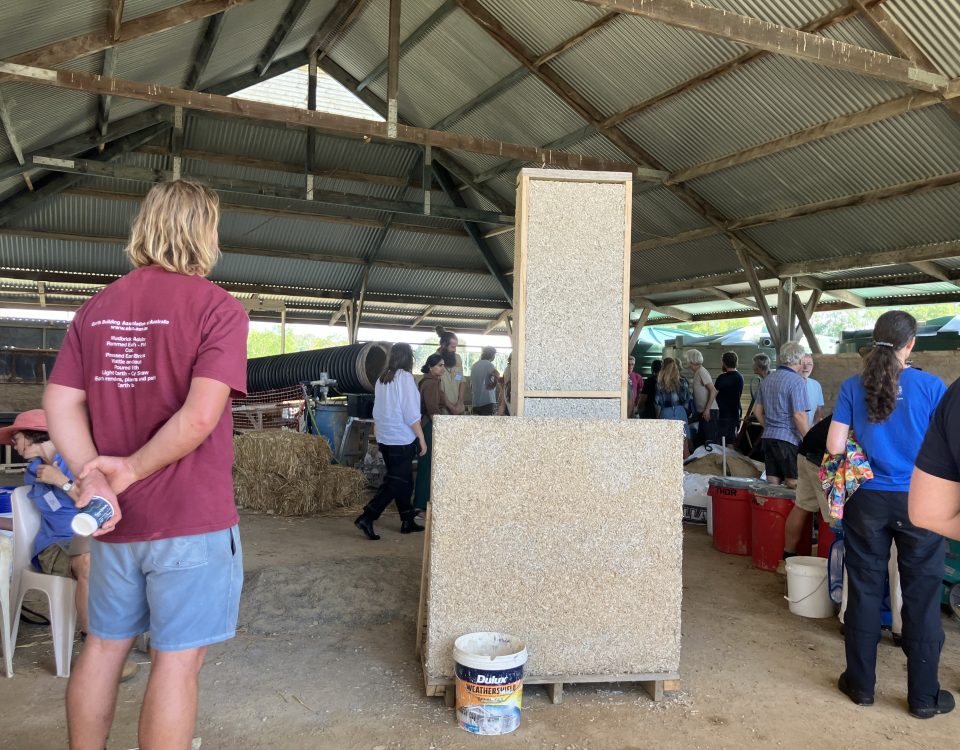
What is Passive House?
13/08/2023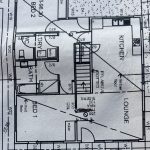
Industry Deep Dive – Building Designers
28/08/2023Building regulations, insurance and finance for natural builds.
How passive solar design and the use of natural materials fits within the National Construction Code is a complex and evolving topic dealt with in a previous blog. There are currently many barriers for recognising thermal mass within rating tools used for energy assessments for both new builds, and for retrofits. For decades this has been a topic on the lips of most strawbale, rammed earth and mud brick builders as they navigate builds and clients’ needs, and the limitations of the energy rating tools to recognise what has long been known, that passive solar thermal mass homes perform better in extreme climates, and under stress or fire testing.
The Green Building Council, one of the leading industry groups representing the sustainably built environment, has produced a Green Star Homes standard. The Green Star Homes standard is used to assess Australian homes against three key criteria:
- Positive: net zero in energy, fully electric, draught sealed, efficient and powered by renewables
- Healthy: ventilated, comfortable, with products that are better for you
- Resilient: water efficient and climate change ready.
Although the certification process is geared towards volume builders, the advent of such a standard is the first step in bring the use of natural materials, currently requiring individual circumstantial performance standards to pass the building code requirements on almost every build, into line with other building standards.
Are non-standard buildings a safe risk, or are they seen as just too risky for conventional cover?
Homes built with natural materials are perfectly fit for financing and insuring, but this does not mean there aren’t hurdles and compromises that need to be considered when thinking about using non-standard materials for your future home.
With new builds, lenders will want to see that there has been some form of supervision of the construction and that a warranty exists in case there are any problems in the early years after construction (typically 10). Where a property is not part of a wider development then some lenders will accept supervision by a competent person, such as an architect, in which case they are relying on their professional qualifications and expertise. When looking for building and general household insurance, make sure you put detail in the policy on what the home is. Not all insurance companies/underwriters issue policies for all building types.
Some of the things you might need to consider insuring include:
- Structural Warranty
- Public Liability
- Site Risk
- Tool and Materials Cover
- Income Protection
It’s best to consult a qualified professional to make sure you end up with the right mix of policies for your own particular needs and circumstances. In terms of gaining finance, it is likely that banks will require you to have a fixed price contract with a builder before they will lend money, though this is always going to be dependent on your financial circumstances and the location and timing of your project. Owner builders and cost-plus contracts are less likely to be approved, making it more difficult for owners to be involved. As a rule, while properties and projects are considered on an individual basis, earth, wood or bale built homes are not generally accepted, and mortgage finance is only available to more traditional construction methods. Owner builders generally need to be aware that lenders will scrutinise their cash-flow very closely, and that time spent understanding at what points funding will be required to pay suppliers, labour costs is critically important.
It’s fair to say the odds are stacked un-equally when wanting to work with earth and natural materials in Australia, but with the thousands of existing homes built using non-traditional methods being bought and sold each year as evidence, nothing is impossible.

